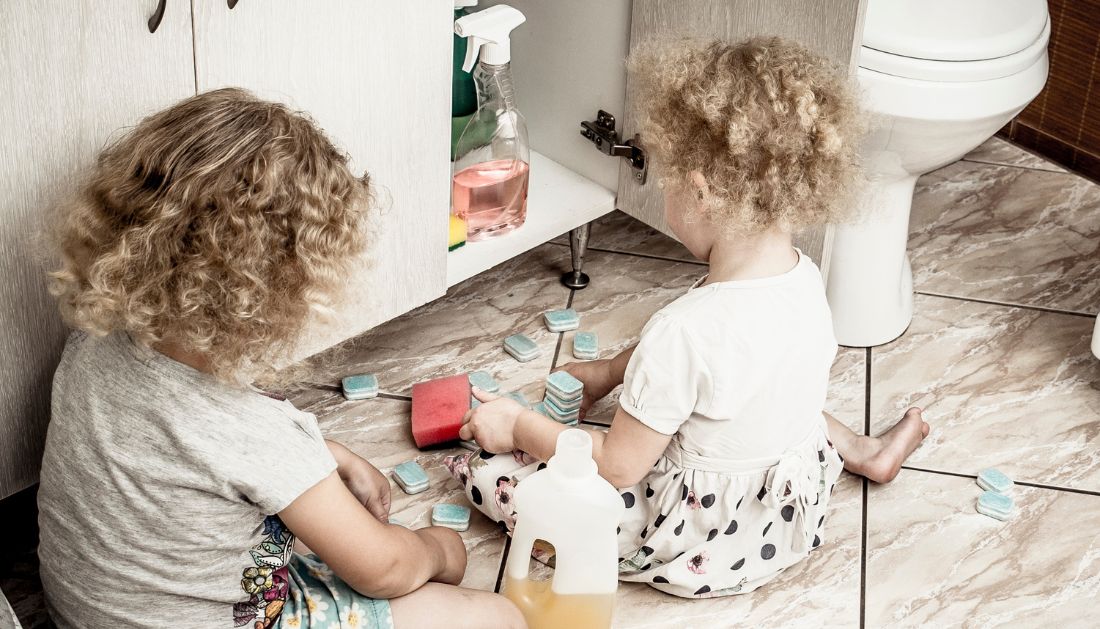

A groundbreaking New England Journal of Medicine report urges nations to implement stricter chemical safety regulations, mirroring prescription drug safeguards. This initiative, led by the Consortium for Children’s Environmental Health, highlights the alarming connection between chemical exposure and the rising prevalence of chronic illnesses in children. Explore Top pediatric conferences here.
The report emphasises the need for comprehensive reform with over 350,000 synthetic chemicals and plastics globally, most produced without sufficient health impact testing. Co-authors, including Boston College’s Dr. Philip Landrigan, propose that manufacturers prove chemicals are non-toxic before market entry and continuously monitor long-term effects post-release, akin to pharmaceutical practices.
Rising Health Concerns in Children:
Over the past 50 years, the incidence of non-communicable diseases (NCDs) in children has surged, linked to synthetic chemicals:
- Childhood cancer rates have increased by 35%.
- Male reproductive birth defects have doubled.
- Neurodevelopmental disorders now affect 1 in 6 children; autism affects 1 in 36 children.
- Asthma prevalence has tripled.
- Pediatric obesity has quadrupled, driving a spike in type 2 diabetes.
- Certain chemicals are associated with reduced IQ and economic losses.
Call for Chemical Safety:
The report calls for a paradigm shift in chemical regulation, prioritizing health protection over unchecked production:
- Mandatory safety testing before chemicals enter the market.
- Chemical footprinting, similar to carbon footprinting, to measure environmental and health impacts.
- Development of safer, sustainable chemicals to reduce reliance on fossil fuels.
- Global treaties to enforce consistent chemical management.
Synthetic chemical production, which has increased 50-fold since 1950, is projected to triple by 2050, exacerbating environmental pollution and health risks. Despite this, fewer than 20% of chemicals undergo toxicity testing, with limited focus on infants and children.
Dr. Landrigan, Director of Boston College’s Observatory on Planetary Health, stresses:
“Unchecked chemical production endangers children’s health and threatens humanity’s future. Safeguarding children requires urgent legal and industrial reform.”
More Information: Malina, D. (Ed.). (2025). Manufactured Chemicals and Children’s Health — The Need for New Law. New England Journal of Medicine. doi.org/10.1056/nejmms2409092.
more recommended stories
 Phage Therapy Study Reveals RNA-Based Infection Control
Phage Therapy Study Reveals RNA-Based Infection ControlKey Takeaways (Quick Summary) Researchers uncovered.
 Pelvic Floor Disorders: Treatable Yet Often Ignored
Pelvic Floor Disorders: Treatable Yet Often IgnoredKey Takeaways (Quick Summary) Pelvic floor.
 Urine-Based microRNA Aging Clock Predicts Biological Age
Urine-Based microRNA Aging Clock Predicts Biological AgeKey Takeaways (Quick Summary) Researchers developed.
 Circadian Control of Neutrophils in Myocardial Infarction
Circadian Control of Neutrophils in Myocardial InfarctionKey Takeaways for HCPs Neutrophil activity.
 E-Cigarette Use and Heart Attack Risk in Former Smokers
E-Cigarette Use and Heart Attack Risk in Former SmokersKey Takeaways for Clinicians and Nurses.
 Ultramarathon Physiology: What HCPs Should Know?
Ultramarathon Physiology: What HCPs Should Know?Ultramarathon Metabolism: What Happens to the.
 High-Intensity Training and Oxidative Stress Insights
High-Intensity Training and Oxidative Stress InsightsNew Evidence Linking High-Intensity Training and.
 Sterilized Fermented Beverage for Obesity: New Evidence
Sterilized Fermented Beverage for Obesity: New EvidenceEarly Insights Into a Sterilized Fermented.
 36-Week Pre-eclampsia Screening May Reduce Term Risk
36-Week Pre-eclampsia Screening May Reduce Term RiskA New Preventive Strategy for Term.
 Cardiovascular Risk and Sudden Cardiac Death in Diabetes
Cardiovascular Risk and Sudden Cardiac Death in DiabetesRising Sudden Cardiac Death (SCD) Risk.

Leave a Comment